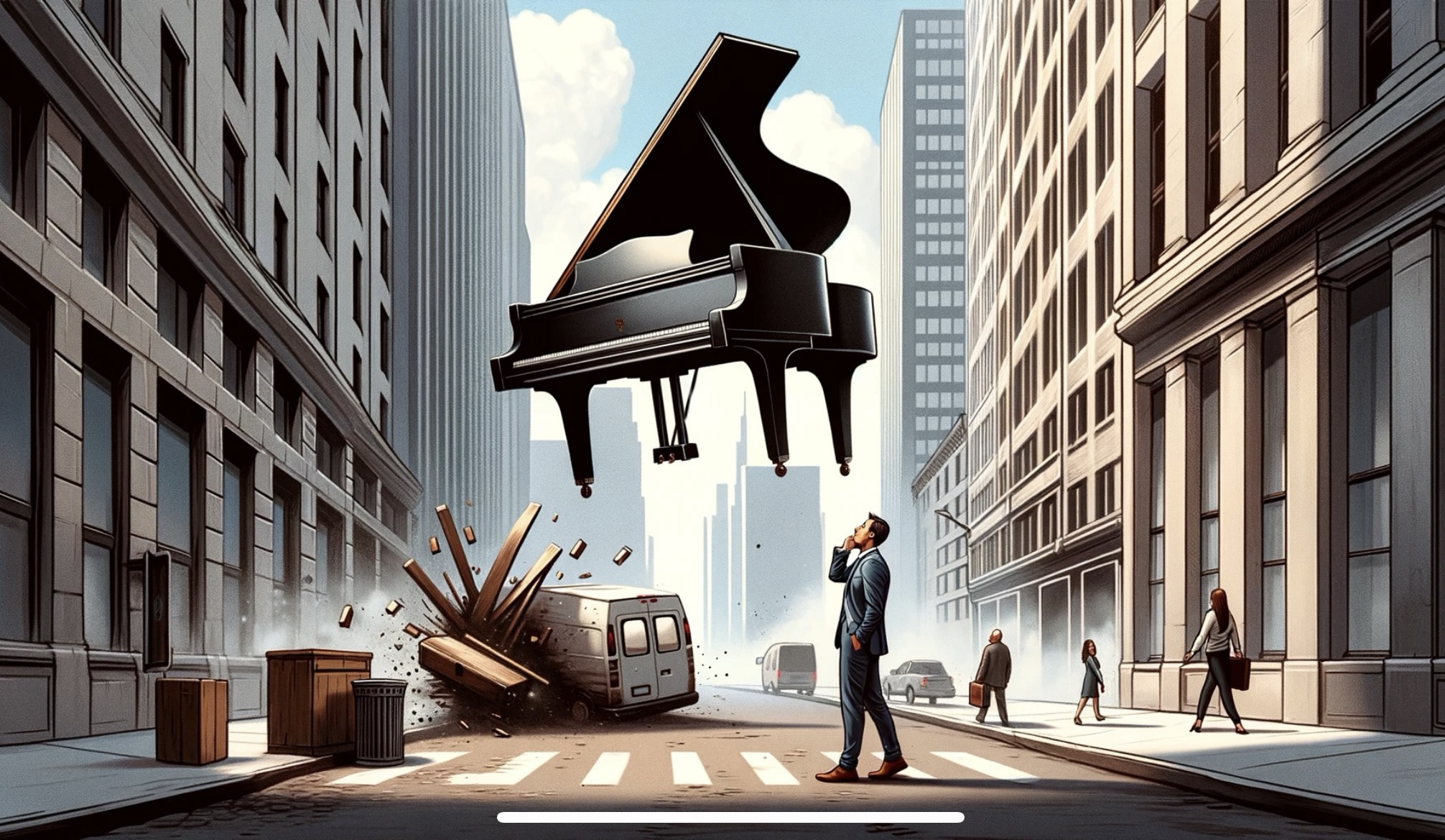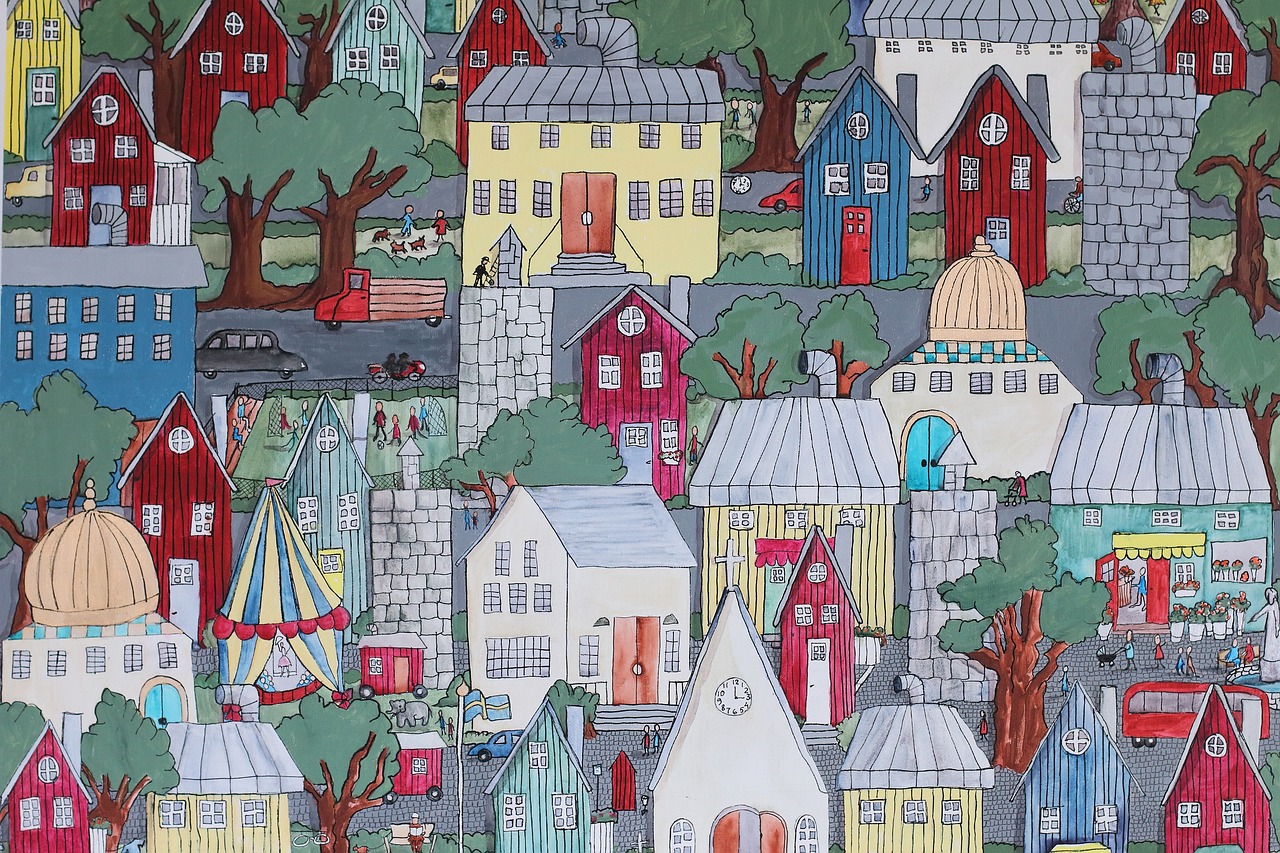Irony is a multifaceted literary device that, when wielded with skill, can add layers of meaning and nuance to your writing. It’s a way of expressing something that contrasts with, or is opposite to, the literal meaning. Understanding irony and its types not only enriches your reading experience but also elevates your writing, allowing for more profound engagement with your audience.

What Is Irony?
At its core, irony is about the unexpected. It’s when words are used in such a way that their intended meaning is different from the actual meaning of the words. This can manifest in situations where the outcome is contrary to what was expected, creating a twist that can be humorous, poignant, or thought-provoking. Irony introduces a discrepancy between appearance and reality, expectation and result, or meaning and intention.
What Are Different Types Of Irony
Irony takes on various forms, each serving a unique purpose in storytelling and rhetoric.
- Verbal Irony
- This is the most recognized form, where someone says the opposite of what they truly mean. It’s often mistaken for sarcasm, but sarcasm is actually a form of verbal irony that’s used with the intent to mock or convey contempt.
- Here’s an example of verbal irony in a dialogue:
- Alex: “Wow, it’s pouring rain outside, and we forgot our umbrellas. What a wonderful way to start the vacation!”
- Jamie: “Yes, absolutely perfect. Nothing says ‘relaxing holiday’ like getting drenched the moment we step outside.”
- In this exchange, Alex and Jamie use verbal irony by stating that the rainy weather is a “wonderful” and “perfect” start to their vacation, when, in reality, they mean the exact opposite. Their words express displeasure and sarcasm about the situation, contrasting with the literal meanings of “wonderful” and “perfect.”
- Situational Irony
- Here, the irony arises from a discrepancy between expected outcomes and the actual results. It’s when life takes a surprising turn, one that’s drastically different from what was anticipated.
- Here’s an example of situational irony:
- A fire station burns down while the firefighters are out responding to a call across town. The very place equipped and designated to handle fires becomes a victim of the very disaster it is meant to prevent, creating an unexpected and ironic turn of events.
- This scenario is ironic because one would expect a fire station, of all places, to be the least likely to burn down, given its purpose and the expertise of those who work there.
- Dramatic Irony
- This form occurs when the audience is aware of a reality that the characters in a narrative are not. It creates a sense of suspense or humor, providing the audience with a superior understanding of events unfolding in a story.
- Here’s an example of dramatic irony:
- The reader knows that the character is hiding under the bed, unknown to the villain who is searching for them. The readers are aware that the villain is about to open the closet right next to where the character is actually hiding, creating tension. The character, cowering in their hiding spot under the bed, breathes a sigh of relief when the villain decides not to check under the bed and leaves the room.
- This situation is dramatically ironic because the reader is privy to the character’s true location and the villain’s miss, creating a tension that the characters themselves are unaware of.
How to Use Irony in Your Writing
Incorporating irony into your writing can deepen your narratives, providing texture and complexity that engages readers on multiple levels. Here’s how:
- Enhance Character Development
- Use verbal irony to reveal a character’s intellect, sense of humor, or perspective. It can help in fleshing out complex personalities and in showing rather than telling about a character’s traits.
- Here’s an example of using irony to enhance character development:
- Elizabeth who is known for her skepticism towards love and relationships, often making witty remarks about the absurdity of romantic endeavors. Despite her vocal cynicism, she finds herself developing strong feelings for someone she initially disliked, someone who, ironically, shares her skeptical views on love.
- Elizabeth: (after yet another wedding they both attended) “Can you believe people keep doing this? They actually think this is their one shot at happiness.”
- Charlie: “Absolutely. It’s like they’ve never read a statistic on divorce rates. Or maybe they love the idea of expensive parties.”
- Elizabeth: (smiling, a bit more softly than usual) “Well, maybe there’s something to be said about taking a leap of faith. Or, you know, enjoying the party while it lasts.”
- Through Elizabeth’s evolving dialogue and internal conflict, irony is used to highlight her growth and the complexity of her character. Her journey from skepticism to experiencing the very feelings she mocked not only develops her character but also adds depth to the narrative, showing that people can change in unexpected ways.
- Create Tension and Suspense
- Dramatic irony is an excellent tool for building suspense. By letting your readers in on secrets unknown to your characters, you invite them to anticipate the moment when the truth will come to light.
- Here’s an example of using dramatic irony to create tension and suspense in a story:
- Readers are made aware early on that the charming new neighbor is actually a spy involved in a dangerous plot. The protagonist, however, is oblivious to this fact and grows increasingly fond of the neighbor, even coming to rely on them for support and companionship.
- As the protagonist shares secrets and strategies about securing their home and protecting their family, believing they are building a bond with a trustworthy friend, the readers know that each piece of information is being collected for a sinister purpose. The tension mounts as the protagonist plans a weekend getaway, entrusting the neighbor with watching over their house, unaware of the neighbor’s true intentions.
- This setup creates a suspenseful atmosphere where readers are on edge, knowing the protagonist is unwittingly placing themselves in greater danger. The dramatic irony lies in the stark contrast between the protagonist’s trust in the neighbor and the readers’ knowledge of the neighbor’s deceitful nature, making every shared secret and sign of trust a source of suspense and tension.
- Highlight Contrasts
- Situational irony can be used to underscore the unpredictability of life, the folly of human plans, or the gap between ideals and reality. It’s effective in both serious and comedic contexts, allowing you to make profound observations about the human condition.
- Here’s an example of using situational irony to highlight contrasts in a story:
- A renowned and wealthy environmental activist, who publicly champions living a minimalist and eco-friendly lifestyle, is revealed to live in extravagant luxury with a massive carbon footprint. The story meticulously details the activist’s public speeches about the importance of sacrifices for the environment, juxtaposed against the private extravagance of their daily life, including private jets, sprawling estates, and a collection of luxury cars.
- At a conference: The activist passionately argues, “We must all do our part, live with less, and embrace simplicity for the sake of our planet.”
- At home: The same activist is seen choosing between luxury cars for a short, leisurely drive, dismissing the irony of their actions.
- This contrast not only highlights the hypocrisy of the activist but also prompts the reader to reflect on the broader issue of authenticity and commitment in the fight against environmental degradation. It underscores the complexity of human nature, where ideals and actions often diverge, creating a powerful narrative around the themes of integrity and environmental responsibility.
- Convey Themes and Messages
- Irony can serve as a subtle vehicle for conveying themes and messages. By presenting contrasts and contradictions, you can encourage readers to think critically about the underlying meanings in your work.
- Here’s an example of using irony to convey themes and messages in a narrative:
- Society has achieved what it calls “perfect happiness” through the use of technology that suppresses all negative emotions. People live in a state of constant contentment, never experiencing sadness, anger, or fear. The protagonist, however, discovers an old journal belonging to an ancestor, revealing a time when people experienced a full range of emotions, including the so-called negative ones.
- Narrative Passage: Through the protagonist’s eyes, we see the irony of the society’s situation. While everyone is “happy,” there is a palpable shallowness to their interactions and experiences. The protagonist begins to question the true nature of happiness, pondering if it can exist without the contrast of sadness or the depth brought by overcoming challenges.
- Protagonist’s Reflection: “Is this what we sacrificed everything for? A happiness that feels like nothing at all?”
- This story uses situational irony to highlight the contrast between the society’s perceived utopia and the protagonist’s growing realization that true happiness might require the balance of life’s ups and downs. The irony conveys the theme that suppressing certain aspects of human experience can lead to a loss of what makes life meaningful and rich, questioning the price of artificial happiness and the nature of human emotions.
- Craft Memorable Endings
- An ironic twist at the end of a story can leave a lasting impression on your readers, making your narrative memorable and thought-provoking. It’s a powerful way to close your narrative loop in an unexpected yet fitting manner.
- Here’s an example of using irony to craft a memorable ending in a story:
- A detective has been tirelessly working to solve a series of complex crimes, believed to be the work of a mastermind criminal. Throughout the story, the detective faces numerous challenges, narrowly escaping danger, and sacrificing personal relationships in pursuit of justice. The community lauds the detective’s dedication, and the detective becomes consumed by the case, believing that catching the criminal will bring a sense of closure and fulfillment.
- Ending Scene: In a twist of irony, the detective finally uncovers that the criminal mastermind is none other than their own mentor, the person who inspired them to become a detective in the first place. This mentor had orchestrated the crimes to teach the detective a series of lessons about the nature of evil and justice.
- Detective’s Realization: “All this time, the chase led me back to where I started. You taught me everything I know, only to reveal the harshest lesson was you yourself.”
- This ironic ending not only surprises the reader but also adds depth to the narrative by exploring themes of betrayal, the complexity of human relationships, and the blurred lines between good and evil. The detective’s journey and the shocking revelation about the mentor leave a lasting impact, making the story’s conclusion memorable and thought-provoking.
Using irony in writing demands sensitivity to context and timing. It requires a keen understanding of your audience and the nuances of your narrative. Start small by incorporating irony in dialogue or character observations, and as you grow more comfortable, you can experiment with more complex forms of irony to enrich your storytelling.
Mastering Irony
Irony, with its various forms and functions, is a dynamic tool in the writer’s arsenal. It can introduce humor, depth, and complexity into your writing, transforming straightforward narratives into rich, multidimensional works. By mastering the use of irony, you can engage your readers in a deeper, more meaningful dialogue, inviting them to look beyond the surface and explore the layers of meaning in your work. Remember, the key to effectively using irony lies in the delicate balance between subtlety and clarity, ensuring that your intended message resonates with your audience while keeping them intrigued and invested in your storytelling.
Meanwhile, at Dreamers…
2024 Micro Nonfiction Story Writing Contest Results

Congratulations to the winners of the 2024 Dreamers Micro Nonfiction Story Writing Contest, for nonfiction stories between 100-300 words.
2024 Place and Home Contest Results

Congratulations to the winners of the Dreamers 2024 Place and Home Contest, based on the theme of migration, place & home.